
Raindrop Attending NRF Retail’s Big Show
Recognition, ArticlesJoin Raindrop with Lands' End at NRF' 26! This coming January 11-13, Raindrop is heading to NRF 2026: Retail ...
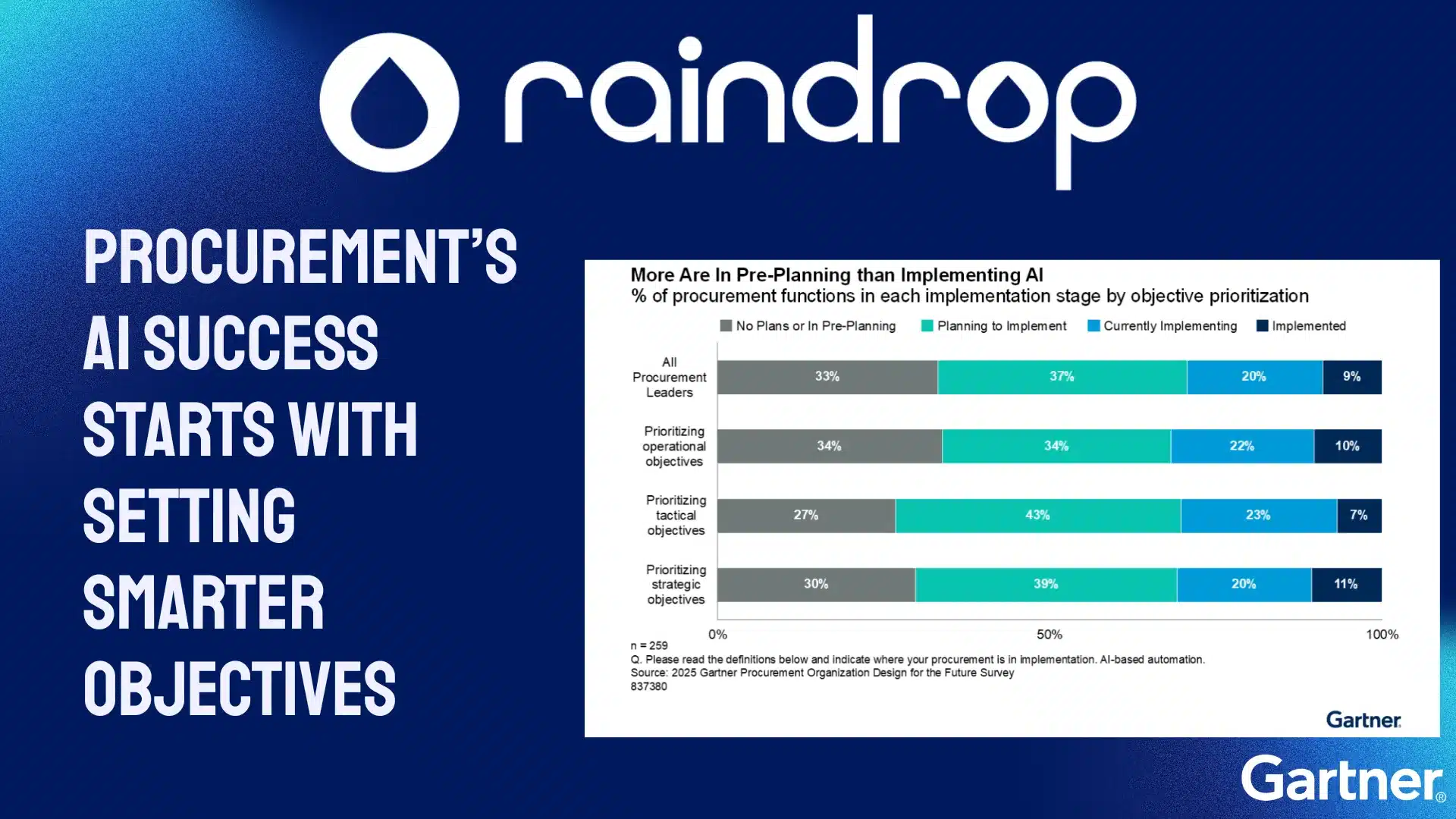
Setting Smarter Objectives for 2026: The Key to Procurement’s AI Success
Articles, RecognitionSetting Smarter Objectives for 2026: The Key to Procurement’s AI Success AI success in procurement isn’t about starting ...
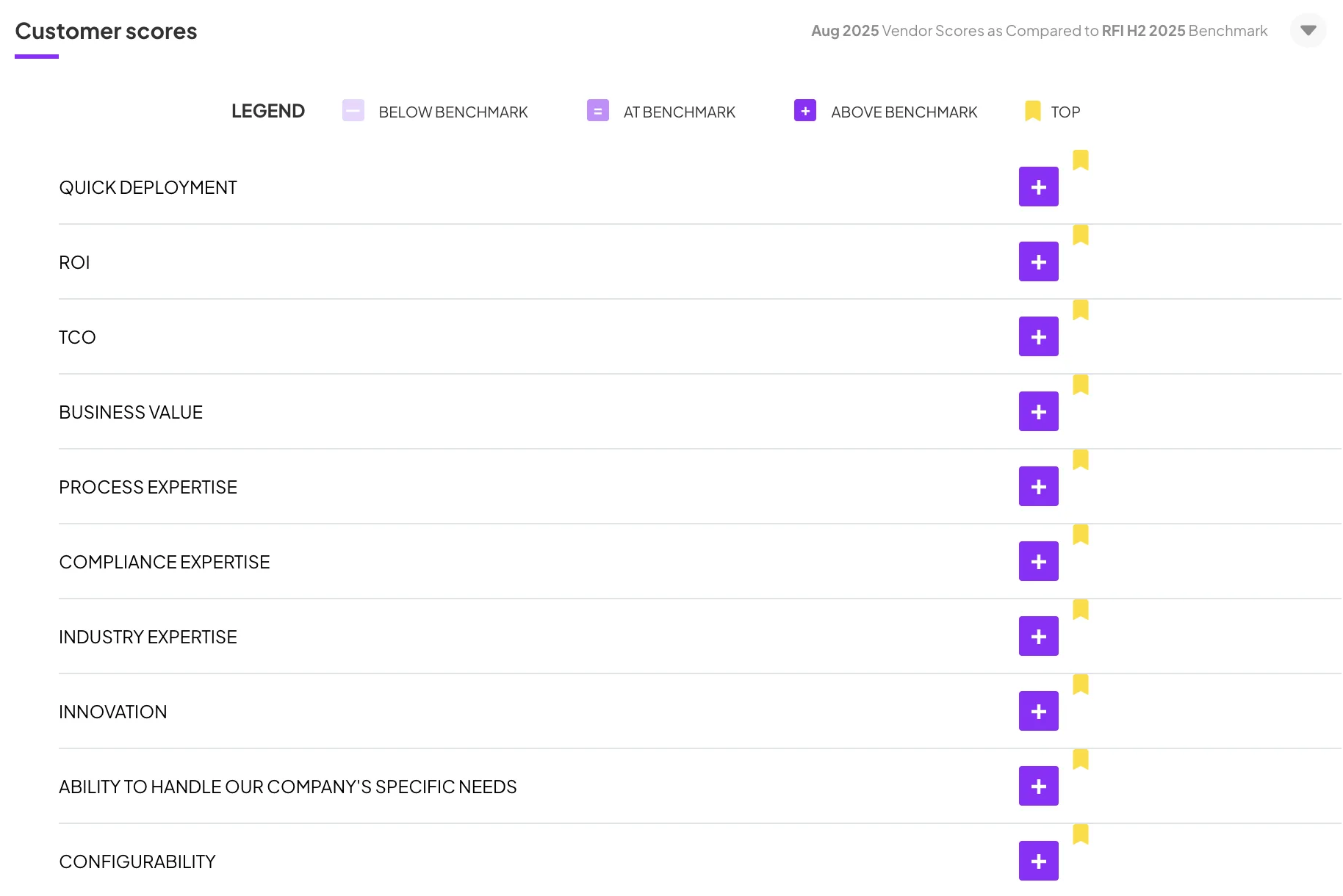
Spend Matters Recognizes Raindrop As A Customer Favorite For Spend Analytics
RecognitionSpend Matters recognizes Raindrop as a Customer Favorite for spend Analytics Download Now Download Now We are proud of what ...
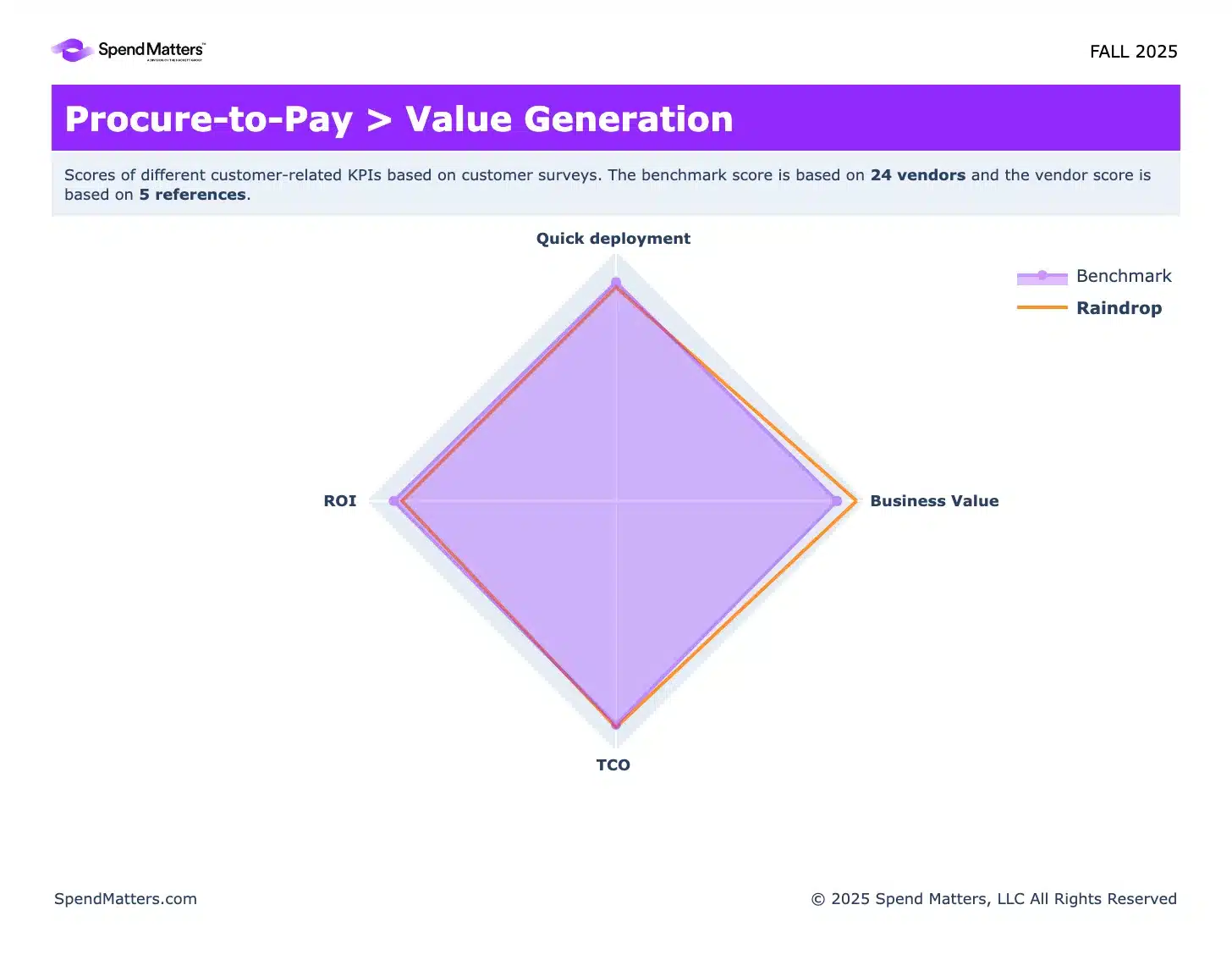
Spend Matters Recognizes Raindrop P2P In Fall 2025 SolutionMap
RecognitionSpend Matters recognizes Raindrop's P2P in the Fall 2025 SolutionMap Download Now Download Now We are proud of what ...
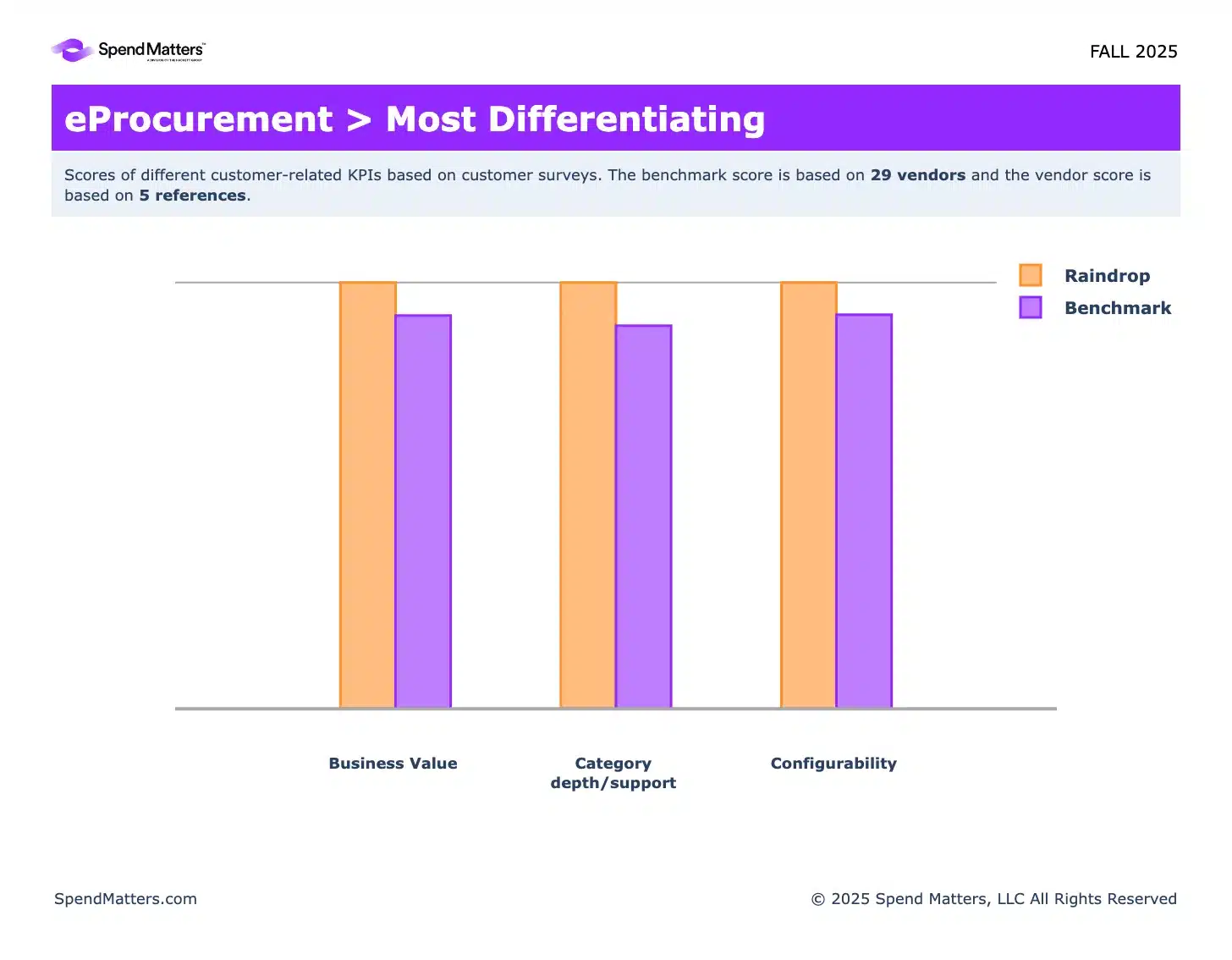
Spend Matters Recognizes Raindrop’s eProcurement In Fall 2025 SolutionMap
RecognitionSpend Matters recognizes Raindrop's eProcurement in Fall 2025 SolutionMap Download Now Download Now We are proud of what our ...
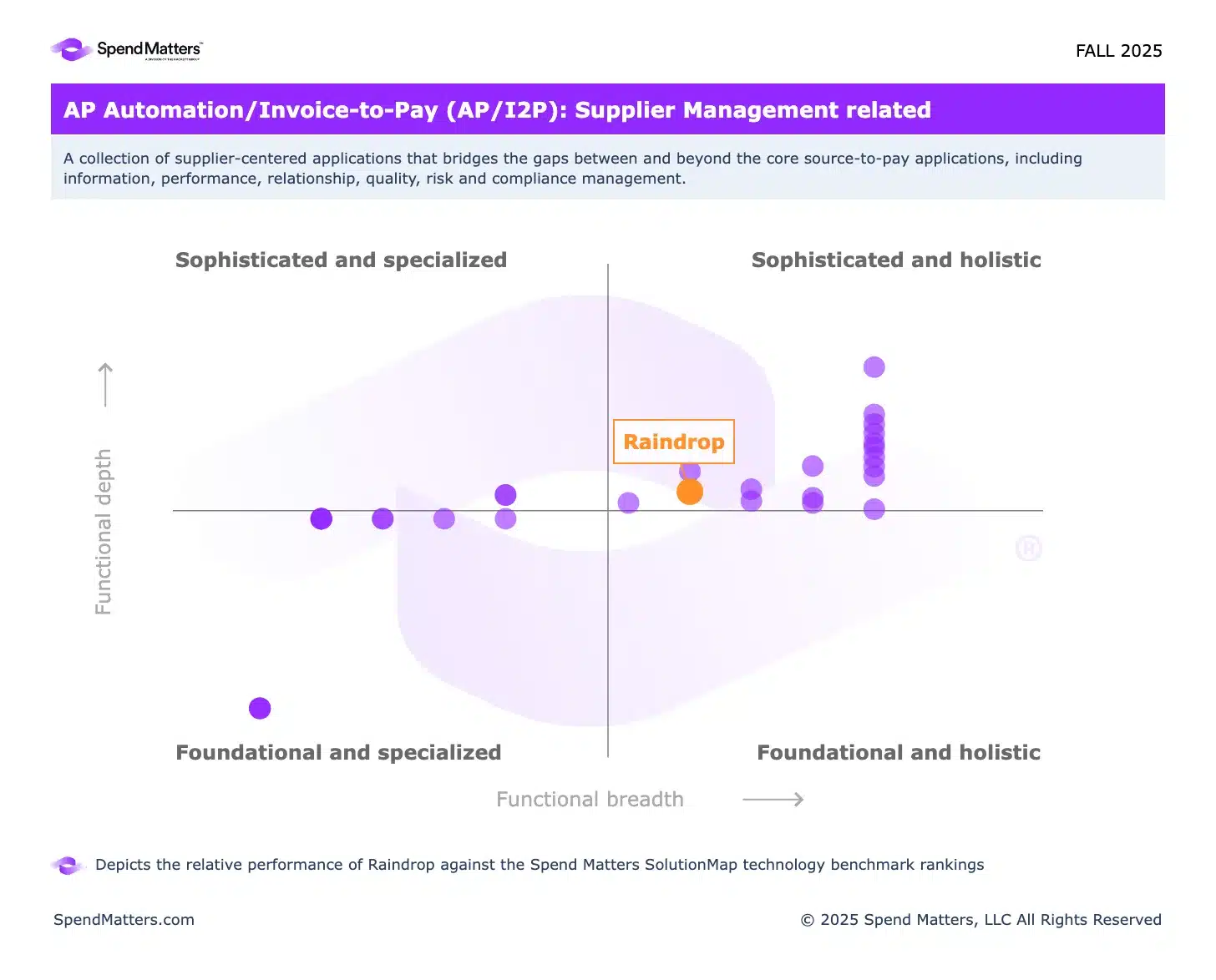
Spend Matters Recognizes Raindrop’s AP/I2P In Fall 2025 SolutionMap
RecognitionSpend Matters recognizes Raindrop as a Customer Favorite for AP/I2P Download Now Download Now We are proud of what ...
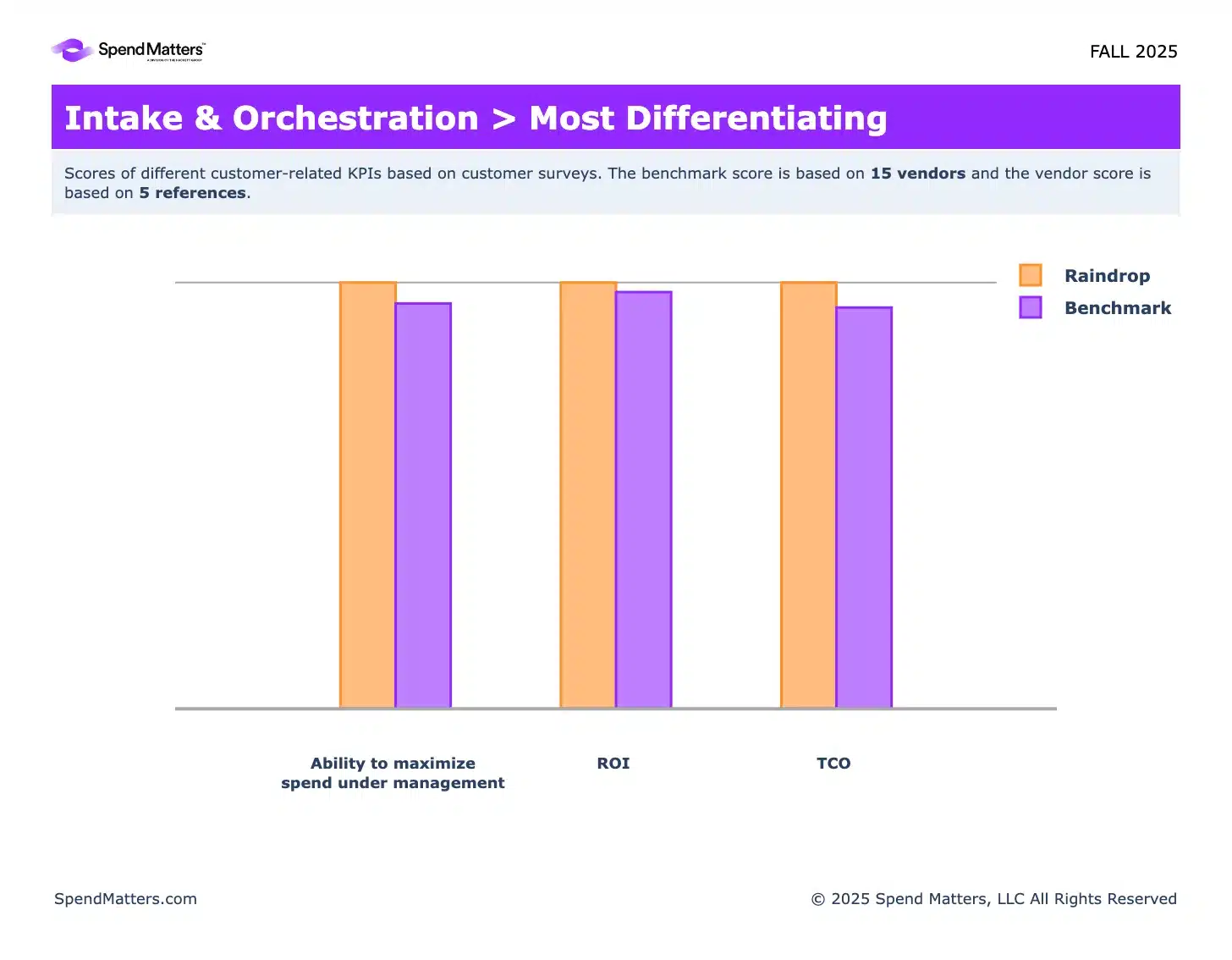
Spend Matters Recognizes Raindrop’s Intake & Orchestration In Fall 2025 SolutionMap
RecognitionSpend Matters recognizes Raindrop's Intake & Orchestration in Fall 2025 SolutionMap Download Now Download Now We are proud of ...

Spend Matters Recognizes Raindrop As A Customer Favorite For Sourcing
RecognitionSpend Matters recognizes Raindrop as a Customer Favorite for sourcing Download Now Download Now We are proud of what our ...
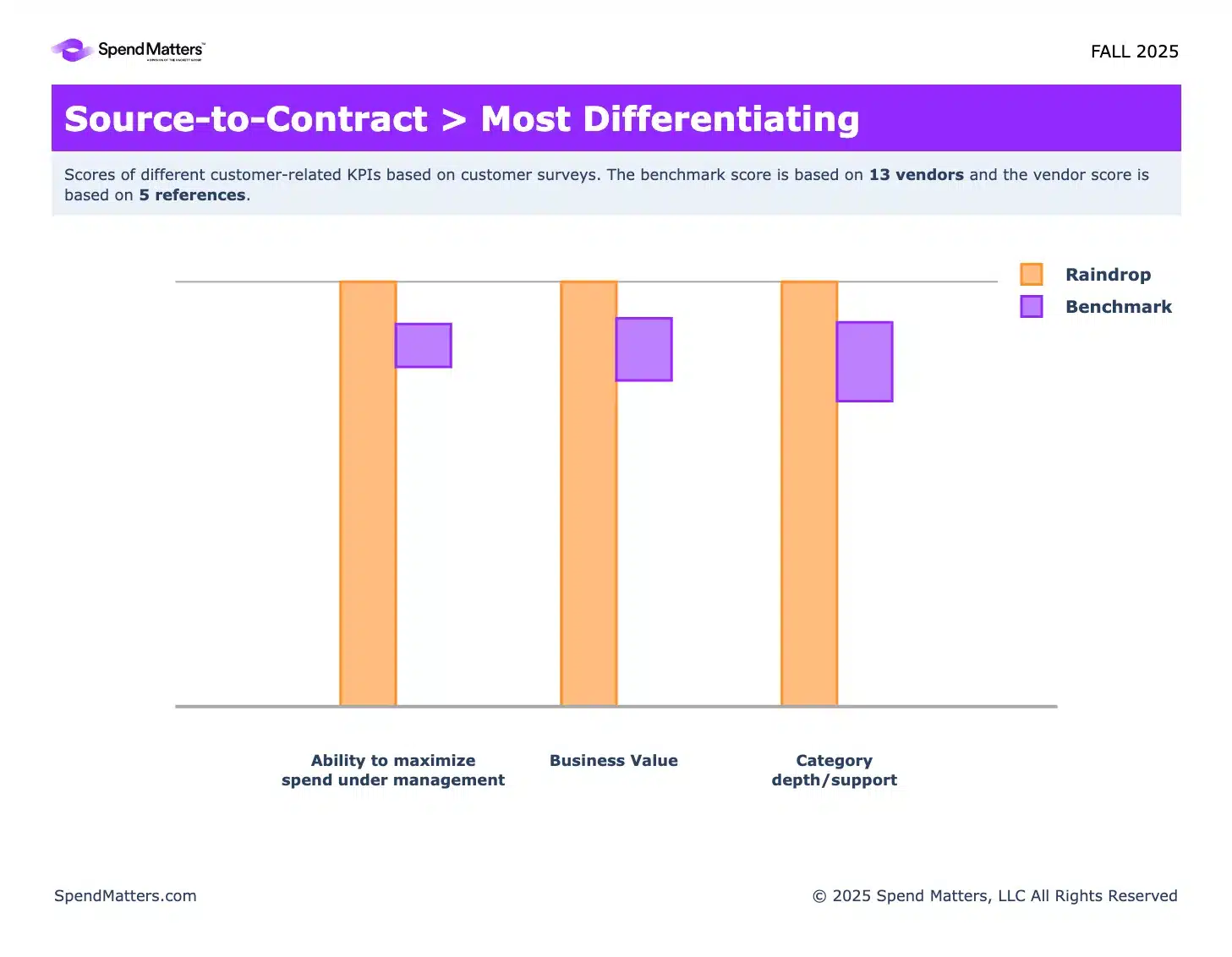
Spend Matters Recognizes Raindrop As A Customer Favorite For S2C
RecognitionSpend Matters recognizes Raindrop as a Customer Favorite for s2c Download Now Download Now We are proud of what our ...
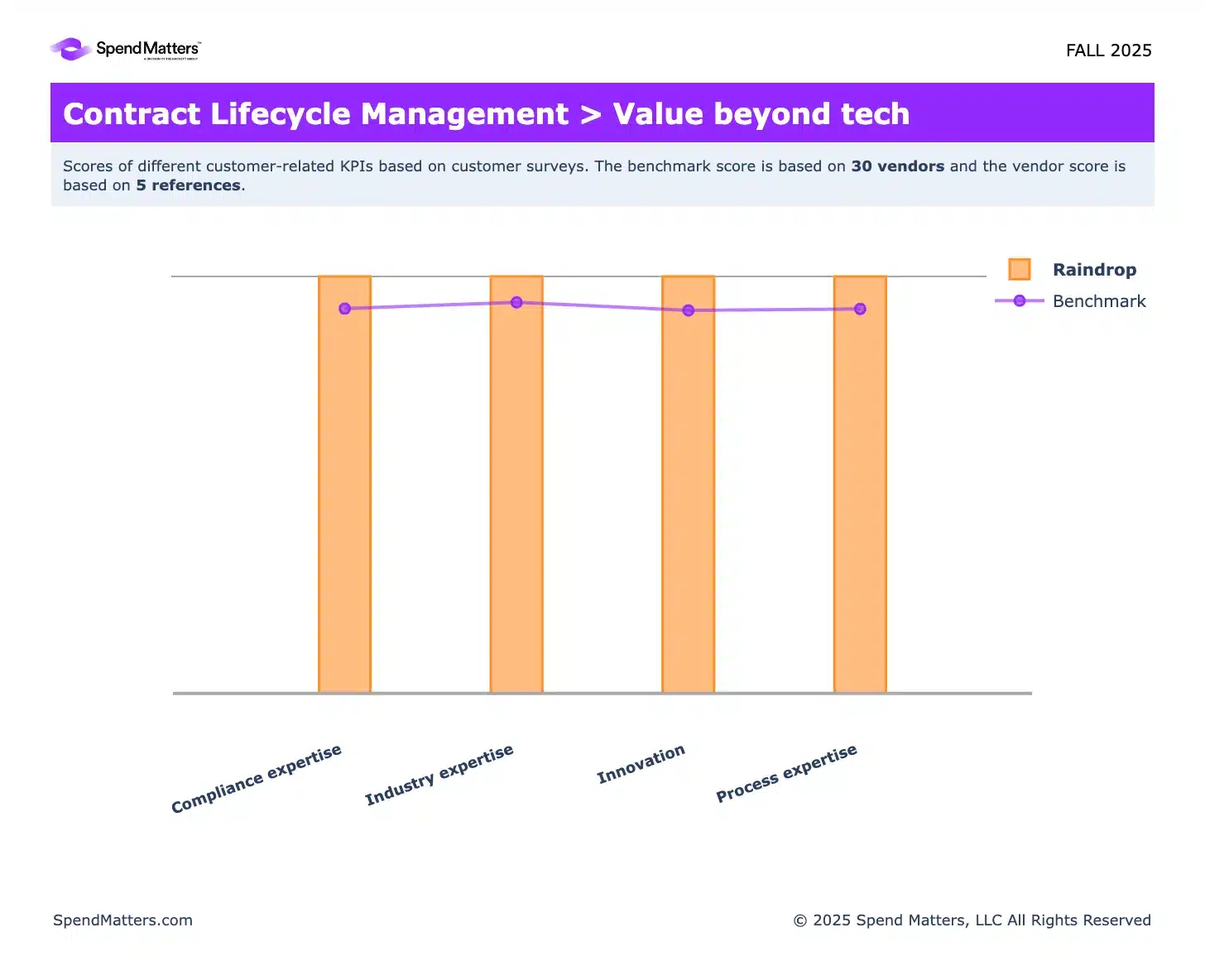
Spend Matters Recognizes Raindrop’s CLM In Spend Matters SolutionMap Fall 2025
RecognitionSpend Matters Recognizes Raindrop's CLM In Spend Matters SolutionMap Fall 2025 Download Now Download Now We are proud of ...
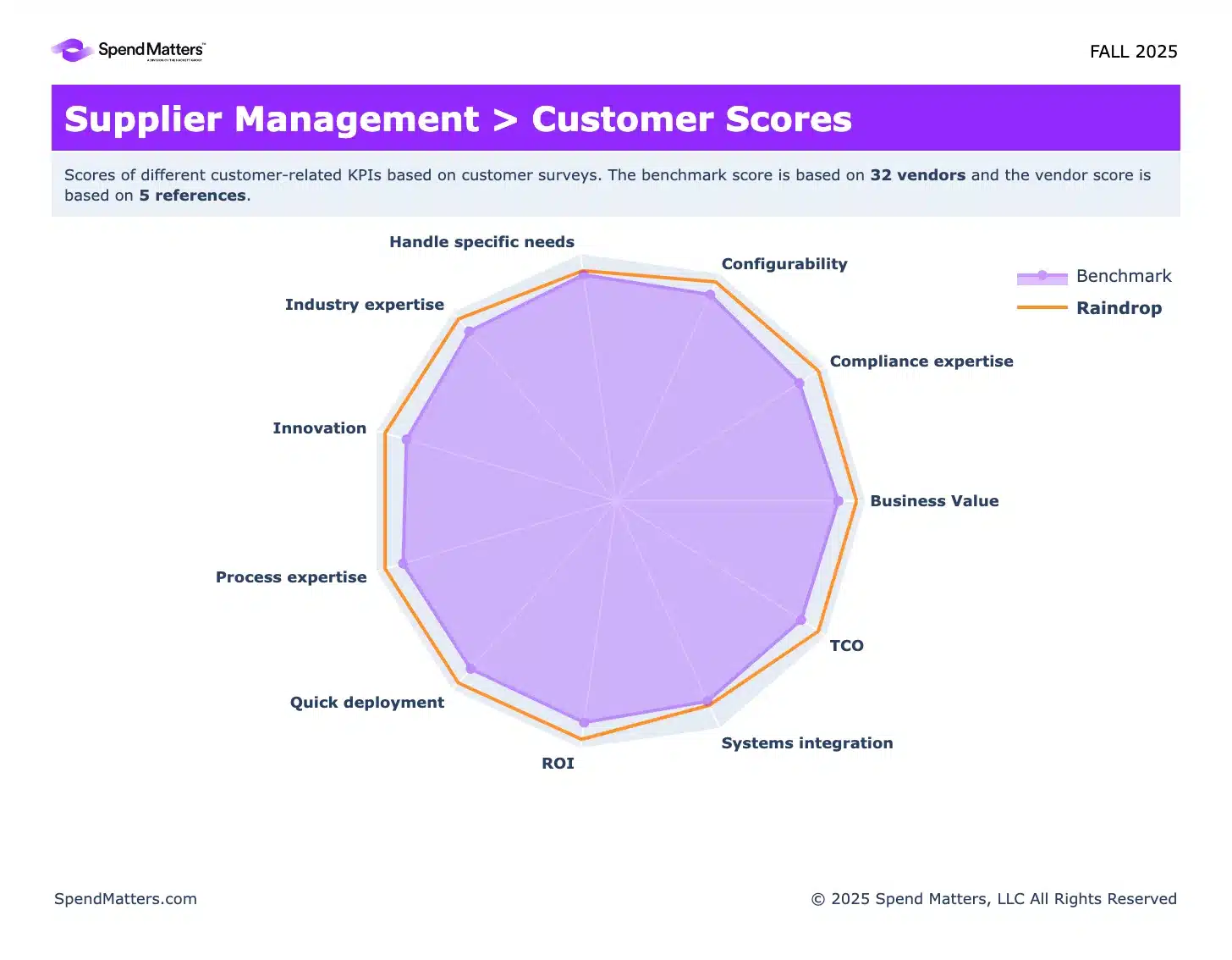
Spend Matters Recognizes Raindrop’s Supplier Management In Fall 2025 SolutionMap
RecognitionSpend Matters recognizes Raindrop's supplier management in Fall 2025 SolutionMap Download Now Download Now We are proud of what ...
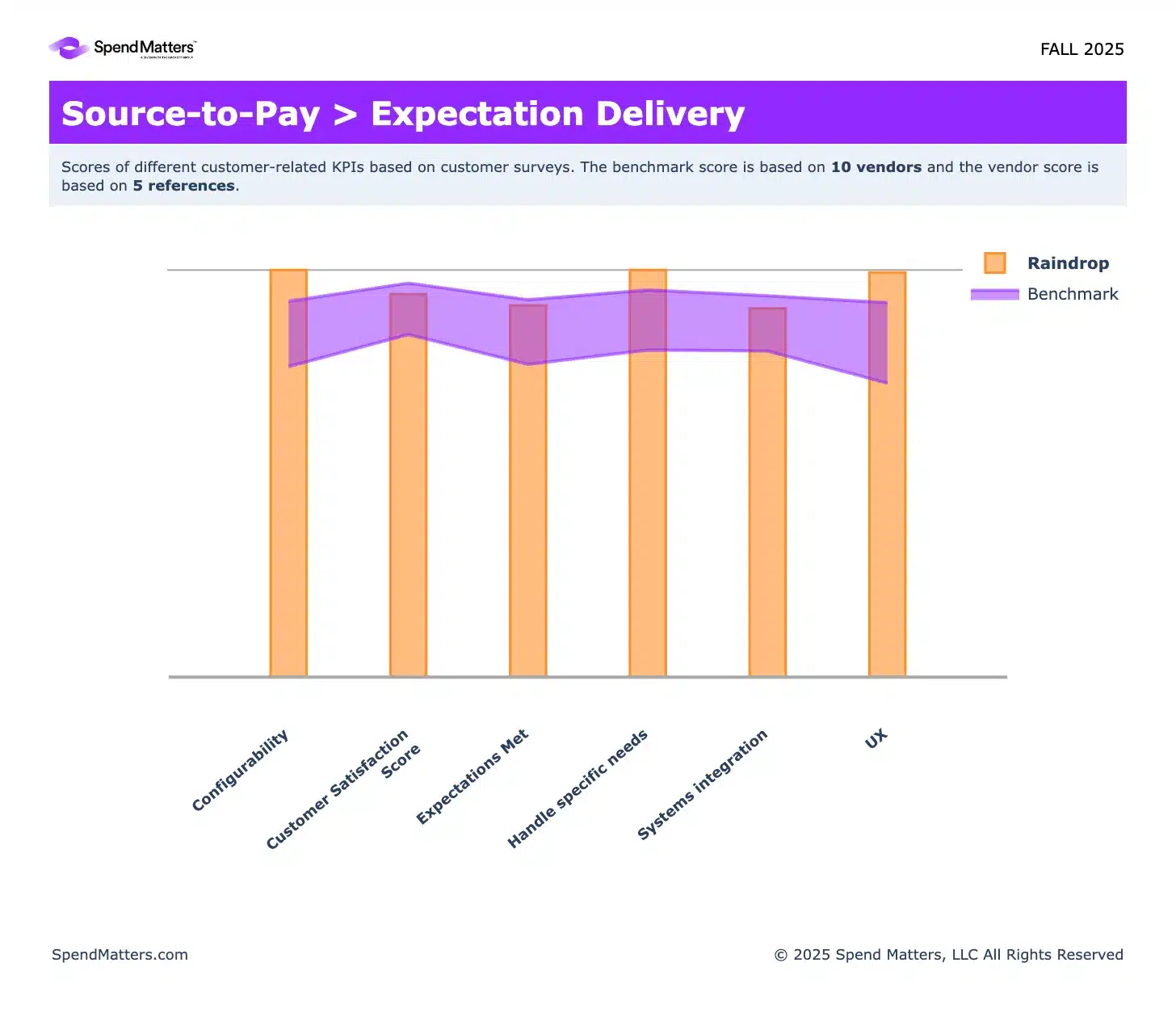
Spend Matters Recognizes Raindrop As A Customer Favorite For S2P
RecognitionSpend Matters recognizes Raindrop as a Customer Favorite for s2p Download Now Download Now We are proud of what our ...
